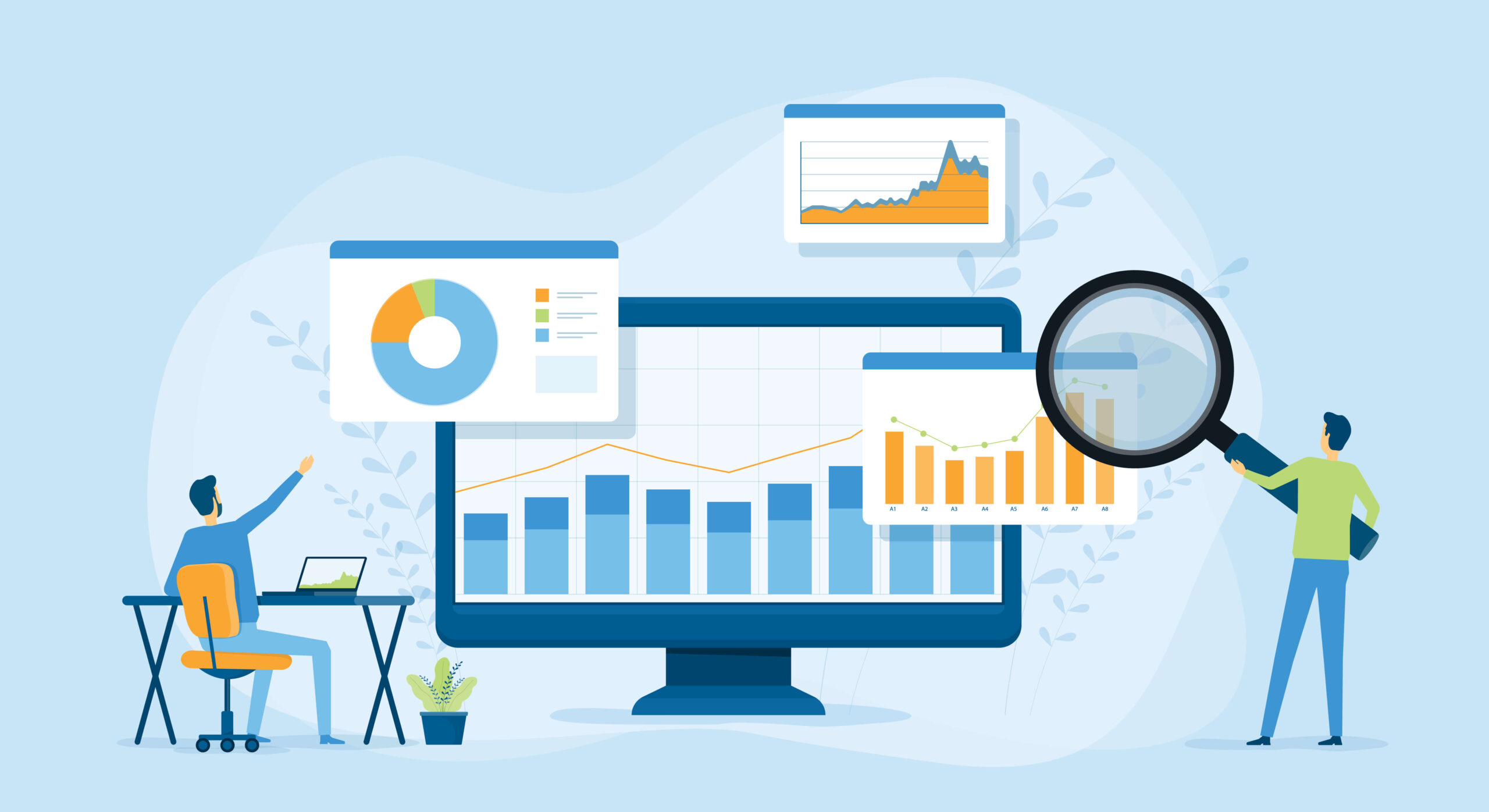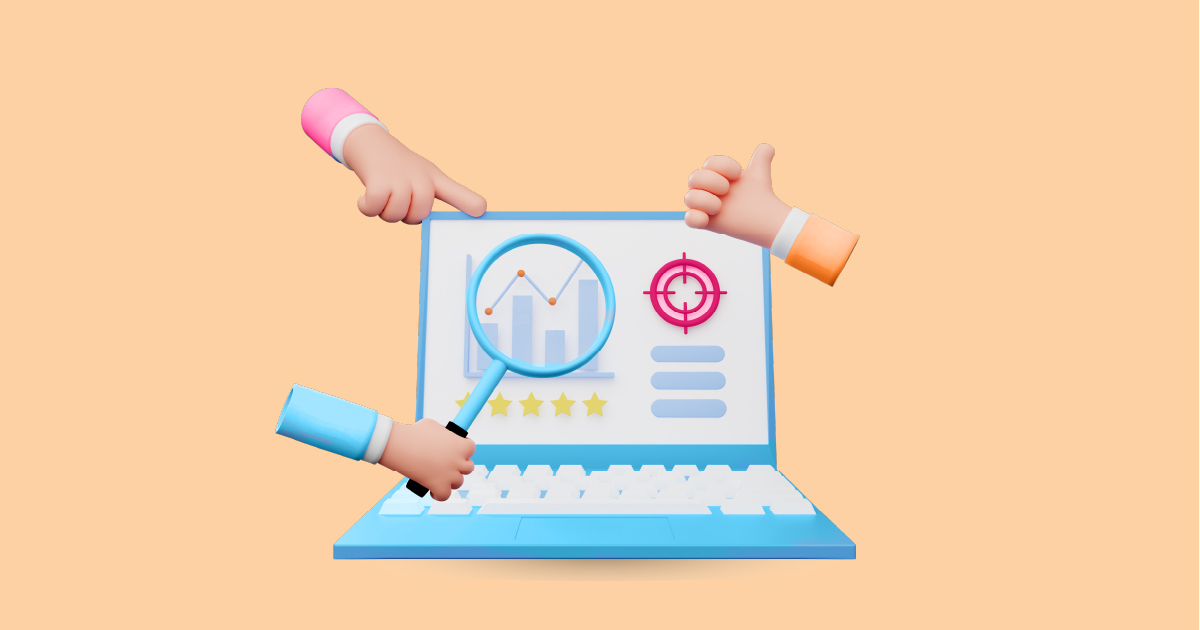In today’s digital age, social media has become an indispensable part of our daily lives. With billions of users actively engaging on various platforms, businesses have recognized the importance of monitoring social media activities. In this article, we delve into the world of social media monitoring reports, exploring their significance, components, tools, and best practices.
Importance of Social Media Monitoring Reports

1. Understanding Audience Sentiment
Social media monitoring reports help businesses gauge how their audience perceives their brand, products, or services. By analyzing sentiment analysis data, companies can identify positive, negative, or neutral sentiments towards their brand and take necessary actions to improve their reputation.
2. Tracking Brand Reputation
Monitoring social media allows businesses to keep a pulse on their brand’s reputation. By tracking mentions, reviews, and comments, companies can address any issues or concerns promptly, thereby maintaining a positive brand image.
3. Identifying Trends and Opportunities
Social media monitoring reports provide valuable insights into emerging trends, industry developments, and consumer preferences. By staying informed about market dynamics, businesses can capitalize on new opportunities and stay ahead of the competition.
Components of a Social Media Monitoring Report
A comprehensive social media monitoring report typically includes the following components:
1. Key Metrics and KPIs
Metrics such as engagement rate, reach, impressions, and sentiment score are essential for assessing the effectiveness of social media campaigns and strategies.
2. Analysis of Engagement and Reach
Analyzing engagement metrics, such as likes, comments, shares, and click-through rates, helps businesses understand how their content resonates with their audience and drives interaction.
3. Competitor Analysis
Monitoring competitors’ social media activities allows businesses to benchmark their performance, identify areas for improvement, and uncover competitive insights.
Social Media Monitoring Tools
Several tools are available to facilitate social media monitoring and reporting, including:
- AIM Insights: Offers real-time monitoring of brand mentions across various platforms, along with sentiment analysis and competitive intelligence.
- Hootsuite: Enables users to manage and schedule social media posts, track mentions, and generate customized reports.
- Brandwatch: Provides advanced social listening capabilities, allowing users to track conversations, identify influencers, and analyze trends.
Steps to Create an Effective Social Media Monitoring Report
Creating an effective social media monitoring report involves the following steps:
1. Define Goals and Objectives
Clearly define the goals and objectives of your social media monitoring efforts to ensure alignment with your overall business objectives.
2. Select Relevant Metrics
Choose metrics that are aligned with your goals and provide meaningful insights into your social media performance.
3. Choose the Right Tools
Select tools that meet your monitoring and reporting requirements, considering factors such as features, pricing, and scalability.
4. Analyze Data and Draw Insights
Analyze the data collected from social media monitoring tools to identify patterns, trends, and actionable insights.
5. Create Actionable Recommendations
Based on your analysis, develop actionable recommendations to optimize your social media strategies and achieve your goals.
Best Practices for Interpreting Social Media Monitoring Data
1. Look Beyond Numbers
While metrics are important, it’s crucial to interpret them in the context of your overall marketing objectives and business goals.
2. Understand Context
Consider the context surrounding social media conversations and mentions to gain a deeper understanding of audience sentiment and behavior.
3. Monitor Consistently
Regular monitoring and analysis of social media data are essential for staying informed about evolving trends, issues, and opportunities.
Conclusion
Social media monitoring reports play a vital role in helping businesses understand their audience, track brand reputation, and identify growth opportunities. By leveraging the right tools and best practices, organizations can harness the power of social media data to drive informed decision-making and achieve their marketing objectives. If you’re ready to take your social media monitoring to the next level, request a demo from AIM Technologies today and discover how our advanced solutions can empower your business.
FAQs
What is social media monitoring?
- Social media monitoring involves tracking and analyzing conversations, mentions, and engagement across various social media platforms to gain insights into audience sentiment and behavior.
Why are social media monitoring reports important?
- Social media monitoring reports help businesses understand their audience, track brand reputation, identify trends, and uncover opportunities for growth.
What are some essential components of a social media monitoring report?
- Key components of a social media monitoring report include key metrics and KPIs, analysis of engagement and reach, and competitor analysis.
What tools can be used for social media monitoring?
- Popular social media monitoring tools include Mention, Hootsuite, and AIM Insights, among others.
How can businesses interpret social media monitoring data effectively?
- Businesses can interpret social media monitoring data effectively by looking beyond numbers, understanding context, and monitoring consistently.




